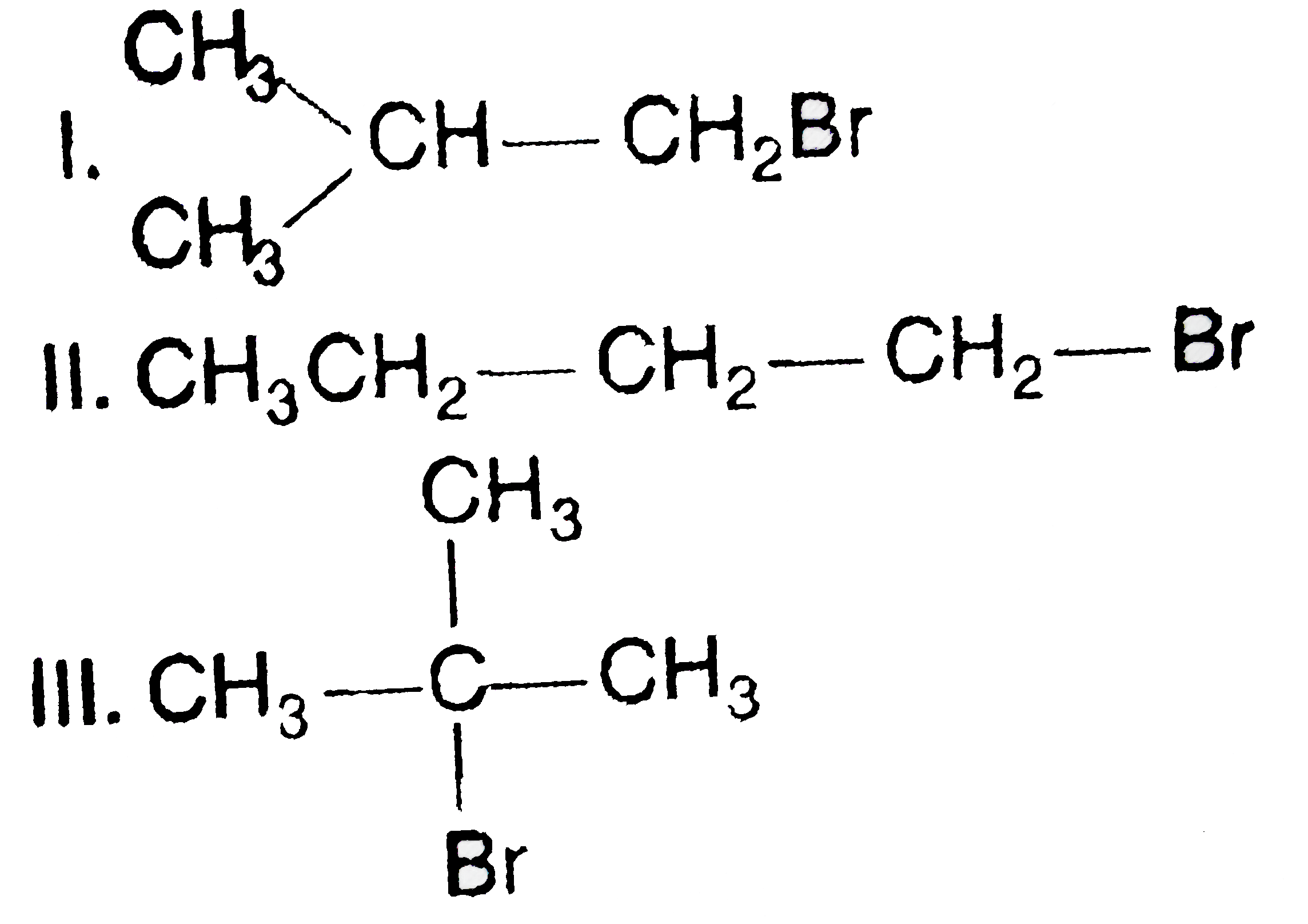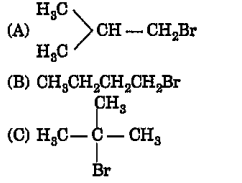Arrange group 15 hydrides in increasing order of their boiling points.
To arrange the Group 15 hydrides in increasing order of their boiling points, we need to consider the molecular structure and the intermolecular forces present in each hydride. The Group 15 hydrides are NH3 (ammonia), PH3 (phosphine), AsH3 (arsine), SbH3 (stibine), and BiH3 (bismuthine).
1. Identify the Group 15 Hydrides:
- The hydrides of Group 15 are NH3, PH3, AsH3, SbH3, and BiH3.
2. Consider Molecular Weight:
- Generally, as we move down the group, the molecular weight of the hydrides increases. This typically leads to an increase in boiling points due to stronger London dispersion forces (a type of van der Waals force) associated with larger molecules.
3. Analyze Intermolecular Forces:
- NH3 exhibits hydrogen bonding due to the presence of highly electronegative nitrogen, which significantly increases its boiling point compared to the others.
- PH3, AsH3, SbH3, and BiH3 do not exhibit hydrogen bonding and primarily rely on van der Waals forces.
4. List the Expected Order Based on Intermolecular Forces:
- Based on the presence of hydrogen bonding, we can predict that NH3 will have the highest boiling point.
- The remaining hydrides (PH3, AsH3, SbH3, BiH3) will have boiling points that increase with molecular weight, but they will be lower than that of NH3.
5. Final Arrangement:
- The correct order of boiling points from lowest to highest is:
- BiH3 < SbH3 < AsH3 < PH3 < NH3
Final Answer:
Increasing order of boiling points of Group 15 hydrides:
BiH3 < SbH3 < AsH3 < PH3 < NH3
- The hydrides of Group 15 are NH3, PH3, AsH3, SbH3, and BiH3.
- Generally, as we move down the group, the molecular weight of the hydrides increases. This typically leads to an increase in boiling points due to stronger London dispersion forces (a type of van der Waals force) associated with larger molecules.
- NH3 exhibits hydrogen bonding due to the presence of highly electronegative nitrogen, which significantly increases its boiling point compared to the others.
- PH3, AsH3, SbH3, and BiH3 do not exhibit hydrogen bonding and primarily rely on van der Waals forces.
- Based on the presence of hydrogen bonding, we can predict that NH3 will have the highest boiling point.
- The remaining hydrides (PH3, AsH3, SbH3, BiH3) will have boiling points that increase with molecular weight, but they will be lower than that of NH3.
- The correct order of boiling points from lowest to highest is:
- BiH3 < SbH3 < AsH3 < PH3 < NH3
Increasing order of boiling points of Group 15 hydrides:
BiH3 < SbH3 < AsH3 < PH3 < NH3
Similar Questions
Knowledge Check
- Question 1 - Select One
Select the increasing order of their boiling point.
An-pentane, ethoxyethane, butan-1-olBethoxyethane, n-pentane, butan-1-olCbutan-1-ol, n-pentane, ethoxyethaneDethoxyethane, butan-1-ol, n-pentane - Question 2 - Select One
The increasing order of the boiling point of alcohol is
Aprimary > secondary > tertiaryBtertiary < primary < secondaryCtertiary > secondary < primaryDprimary =secondary=tertiary - Question 3 - Select One
The correct increasing order of boiling points is
AC3H7CHO<C4H9OH<(C2H5)2O<CH3(CH2)3(CH3BCH3(CH2)3CH3<(C2H5)2O<C3H7CHO<C4H9OHCC4H9OH<(C2H5)2O<C3H7CHO<CH3(CH2)3CH3DCH3(CH2)3CH3<C3H7CHO<(C2H5)2O<C4H9OH
Arrange the following in the decreasing order of their boiling points:
I. View Solution
View SolutionArrange the following compounds in increasing order of their boiling points:
 View Solution
View SolutionArrange the following liquids in increasing order of boiling points.
View SolutionArrange the following compounds in the increasing order of their boiling points.
(i).
 View Solution
View SolutionArrange the following compounds in increasing order of their boiling
 View Solution
View Solution

